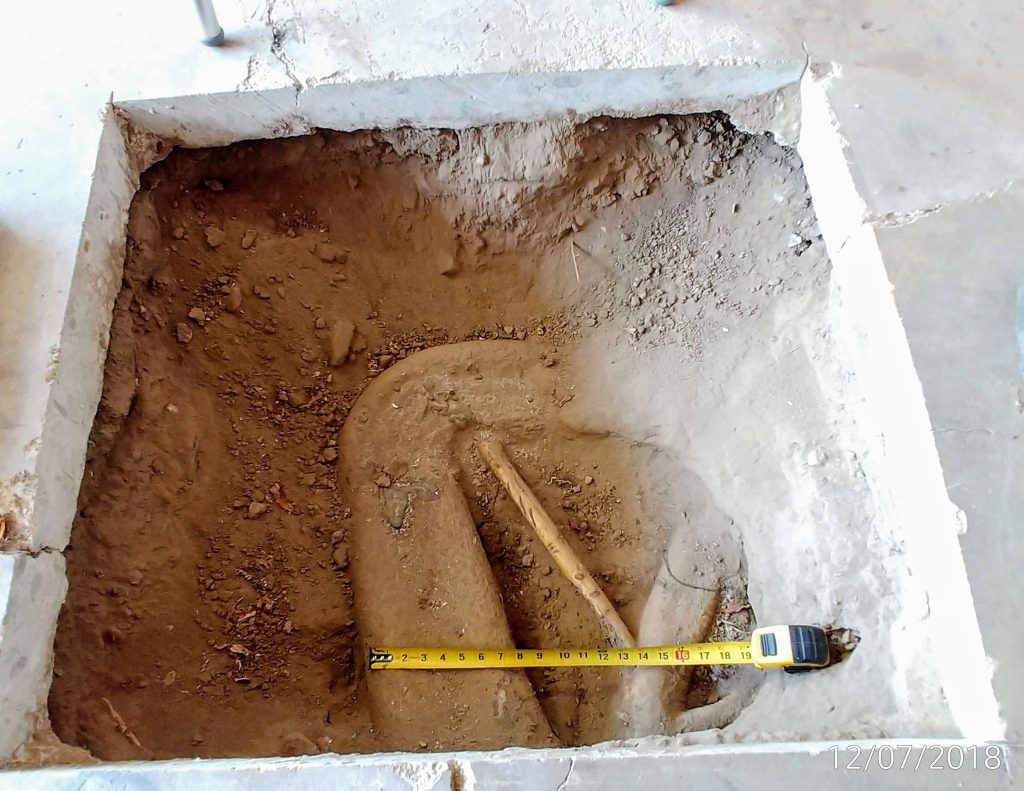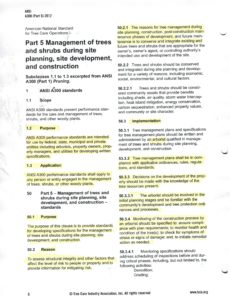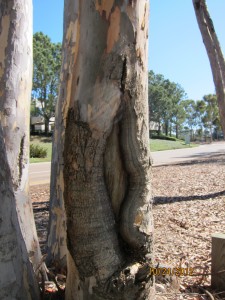Whether an attorney represents a plaintiff or defendant, they hire an expert who will provide compelling testimony to support their client. Sometimes, multiple experts from a variety of disciplines may be required. When should an attorney consider hiring a certified or registered consulting arborist as an expert witness?
- Trip, slip and fall accidents caused by tree roots damaging concrete sidewalks, asphalt streets, patios, and decks.
- Tree failures, forensic tree risk assessment to determine open and obvious?
- Appraisal(s) to establish the pre-casualty tree value prior loss due to fire, vandalism and trespass.
- Determine whether an owner, individual or company satisfied the arboriculture industry standard of care.
Living with trees implies accepting a certain amount of risk in exchange for the wonderful benefits trees provide. While the risk of a tree limb or whole tree failure resulting in a fatal injury is low, hazards caused by trees that result in personal injury or property damage lawsuits are not uncommon.
Tree species and proximity to infrastructure may be a factor in accidents with personal injury or property damage. Tree roots seek out moisture regardless of their location. Structural roots emanate from the trunk to the edge of the crown, also known as the drip line, then small moisture absorbing root grow far beyond. Tree root systems may grow 1.5 times the tree crown diameter.
Trip, Slip and Fall Accidents
In the urban environment, tree proximity to hardscape may result in roots growing beneath concrete sidewalks and paved streets while seeking moisture. Roots will grow into adjacent water meters and sewer laterals, especially older leaking, permeable infrastructure. Once established beneath a paved surface, a root continues growing, over time enlarging in diameter.
Over time, these surfaces may begin to lift along the crack or expansion joint. Adjacent sidewalk panels may lift several inches, resulting in a hazardous condition for pedestrians and bicyclists.

Eventually root enlargement lifts concrete infrastructure, including water meter boxes and sidewalks. Cracks may develop across a sidewalk panel, in my experience, most concrete sidewalk uplifts occur along an expansion joint.
In their pursuit of moisture, roots from neighboring trees ignore property lines. They can grow beneath garage slabs and foundations, especially in situations where there has been a water or sewer leak beneath the slab. Moisture discharged beneath slabs, footing and foundations create an attractive environment for root development.

Installing street trees within small concrete confined planters is an invitation for root damaging infra-structure. Leaking water meters, fittings and sewer connections increase soil moisture, an invitation for root growth.
A root penetrating a leaking sewer lateral or potable water meter pipe or fitting will quickly establish a mass of roots within and surrounding the pipe. Root growth may continue from the sewer lateral into the public sewer main. Over time, the root growth may block or cause a sewer back up to neighboring properties.
Improperly designed, installed or maintained sprinkler systems may result in over-spraying paved pedestrian sidewalks. Regardless of cause, their is no reason to allow sprinklers to over-spray onto paved surfaces, it wastes a vital resource while creating an obvious slip and fall hazard.

Tree failures and forensic tree risk assessment
Tree limb and whole tree failures may result in personal injury and property damage lawsuits. Whole tree failures may occur due to loss of load bearing structural roots, whether due to root rot disease, construction impacts, mechanical root damage, or soil failure. Limb drops may occur for a variety of known reasons, typically the failure occurs during a weather event. Sometimes, a tree will drop a limb for unknown reasons, referred to as sudden or summer limb drop. Stems may contain defects such as cankers, decay, and cracks that may be predisposed to failure when enough force exceeds the wood carrying capacity. Forensic tree risk assessment may determine why the tree failed and whether the defects were open and obvious.


Tree and landscape appraisal for fire damage, trespass and vandalism
California has suffered countless wildfires the past two decades, resulting in substantial property damage. Tree appraisal for loss due to fire may be an important aspect in legal cases, especially when several major utilities are under scrutiny for causing wildfires.
The same holds true for tree loss or diminution in value due to trespass and vandalism. You may love your tree, but your neighbor may not. Neighbors frequently engage in tree disputes, sometimes resulting in trespass and vandalized trees. You may love your tree, but your neighbor may not.






Arboriculture standard of care
Tree service contractors may become involved in a lawsuit for failing to satisfy the industry standard of care. When a tree failure occurs, the landscape maintenance or tree care contractor may find themselves as defendants in a lawsuit. A plaintiff may contend the landscaper or tree care company should have known the tree had defects but was the contractor responsible for risk assessment?
A C-27 landscape contractor may not be a certified arborist or provide arboricultural tree care, certified arborist may not be a trained or knowledgeable of Tree Risk Assessor Qualified, (TRAQ).
To determine a contractor’s standard of care, I examine their membership in industry associations such as the California Landscape Contractor Association, (CLCA), the International Society of Arboriculture, (ISA), the American Society of Consulting Arborists, (ASCA), and Professional Tree Care Association. I determine whether the certified arborist and tree care professionals adhere to the American National Standards Institute, (ANSI) A300 arboriculture standard practices and Z133 safety requirements. I check their standing on the California State Licensing Board.
In summary, personal experience, education and training are essential qualifications an attorney looks when selecting an arborist expert witness. Having expertise in multiple disciplines is an added benefit. My qualifications as a professional horticulturist, a C-27 landscape contractor, a certified arborist, registered consulting arborist and tree risk assessor qualified and land development manager enable me to opine on a broad array of landscape, tree, plant and land development issues.

































